What is Cascade Control?
In single-loop control, the controller’s set point is set by an operator, and its output drives a final control element. For example: a level controller driving a control valve to keep the level at its set point.
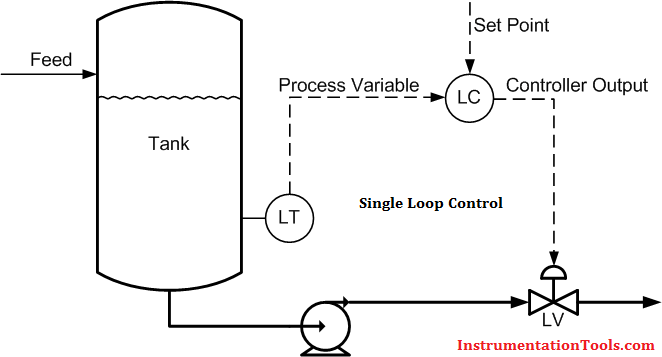
In a cascade control arrangement, there are two (or more) controllers of which one controller’s output drives the set point of another controller. For example: a level controller driving the set point of a flow controller to keep the level at its set point. The flow controller, in turn, drives a control valve to match the flow with the set point the level controller is requesting.
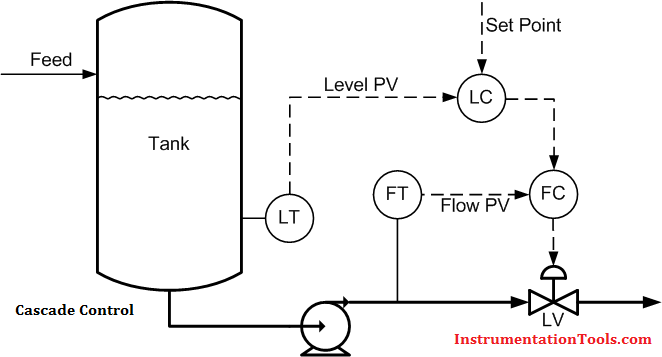
The controller driving the set point (the level controller in the example above) is called the primary, outer, or master controller. The controller receiving the set point (flow controller in the example) is called the secondary, inner or slave controller.
Cascade control can improve control system performance over single-loop control whenever either: (1) Disturbances affect a measurable intermediate or secondary process output that directly affects the primary process output that we wish to control; or (2) the gain of the secondary process, including the actuator, is nonlinear. In the first case, a cascade control system can limit the effect of the disturbances entering the secondary variable on the primary output. In the second case, a cascade control system can limit the effect of actuator or secondary process gain variations on the control system performance. Such gain variations usually arise from changes in operating point due to setpoint changes or sustained disturbances.
When Should Cascade Control be Used?
Cascade control should always be used if you have a process with relatively slow dynamics (like level, temperature, composition, humidity) and a liquid or gas flow, or some other relatively-fast process, has to be manipulated to control the slow process. For example: changing cooling water flow rate to control condenser pressure (vacuum), or changing steam flow rate to control heat exchanger outlet temperature. In both cases, flow control loops should be used as inner loops in cascade arrangements.
Does Cascade Control Have any Disadvantages?
Cascade control has three disadvantages. One, it requires an additional measurement (usually flow rate) to work. Two, there is an additional controller that has to be tuned. And three, the control strategy is more complex – for engineers and operators alike. These disadvantages have to be weighed up against the benefits of the expected improvement in control to decide if cascade control should be implemented.
When Should Cascade Control Not be Used?
Cascade control is beneficial only if the dynamics of the inner loop are fast compared to those of the outer loop. Cascade control should generally not be used if the inner loop is not at least three times faster than the outer loop, because the improved performance may not justify the added complexity.
In addition to the diminished benefits of cascade control when the inner loop is not significantly faster than the outer loop, there is also a risk of interaction between the two loops that could result in instability – especially if the inner loop is tuned very aggressively.
How Should Cascade Controls be Tuned?
A cascade arrangement should be tuned starting with the innermost loop. Once that one is tuned, it is placed in cascade control, or external set point mode, and then the loop driving its set point is tuned. Do not use quarter-amplitude-damping tuning rules (such as the unmodified Ziegler-Nichols and Cohen-Coon rules) to tune control loops in a cascade structure because it can cause instability if the process dynamics of the inner and outer loops are similar.

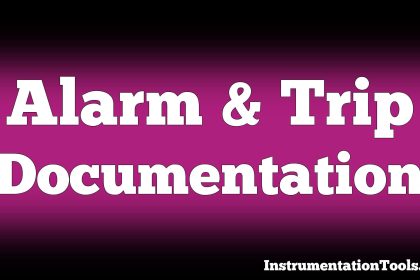
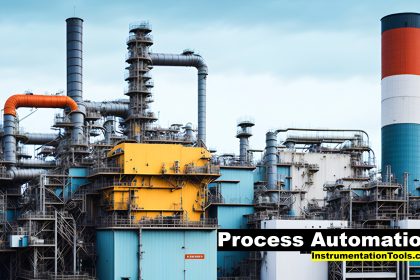
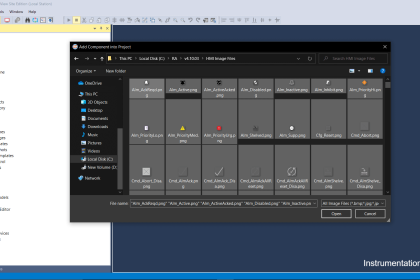
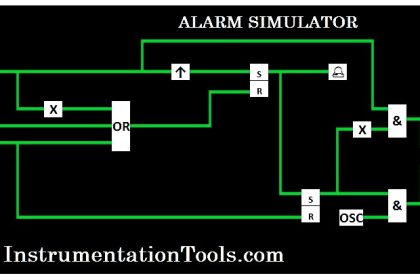
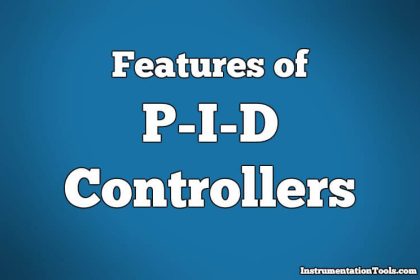
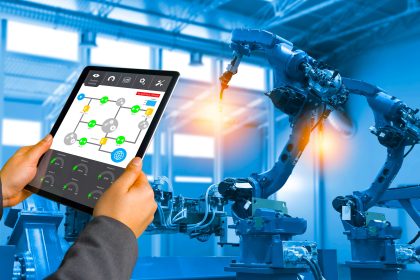
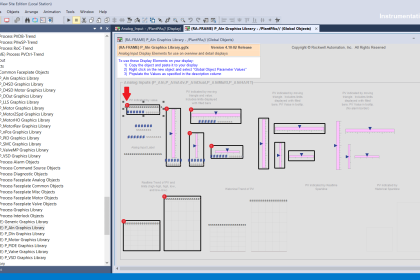

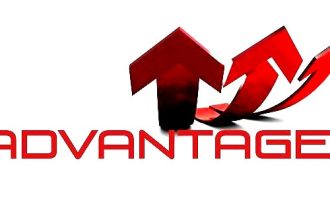
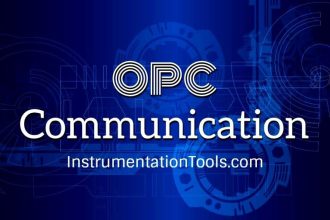

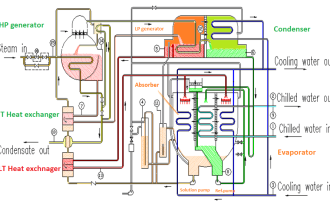
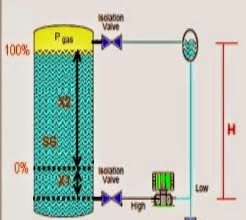
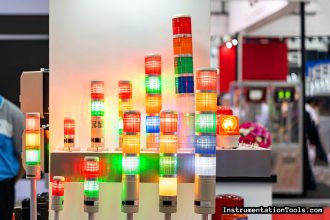
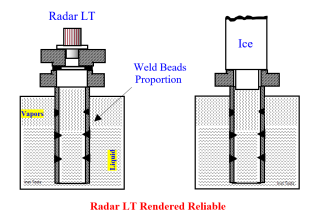

For cascade control above example..there are two controller used.So what are the process Variable and control variable for this two controller ?
Master Controller’s variable will be work as PV and SV. in the above example Level controller will be the master controller.
Thanks